About Korea
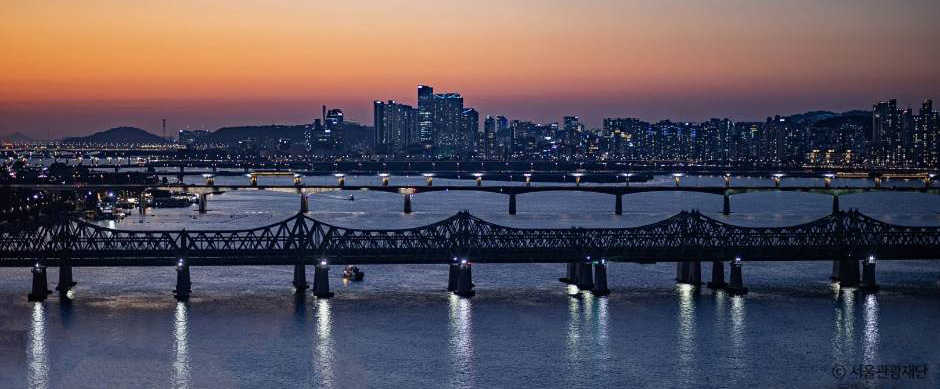
Around 3/4 of the area is covered with mountains. You can find mountains almost anywhere in the country, but there are a few places you can view flat horizons. Topologically, Korea is higher in the east and lower in the west. Tall mountains with altitudes exceeding 1,000 m are concentrated in the north and the east, forming the topological backbone of the country. The mountainsides are steeper toward the east coast, and less severe toward the west coast.
Korea has a mild climate with four distinctive seasons. The migratory anticyclones make for sunny and dry spring and autumn, whereas the country’s summer is heavily affected by the hot and humid North Pacific anticyclone. During winter, the effect of the continental anticyclone from the north keeps the country dry and cold.
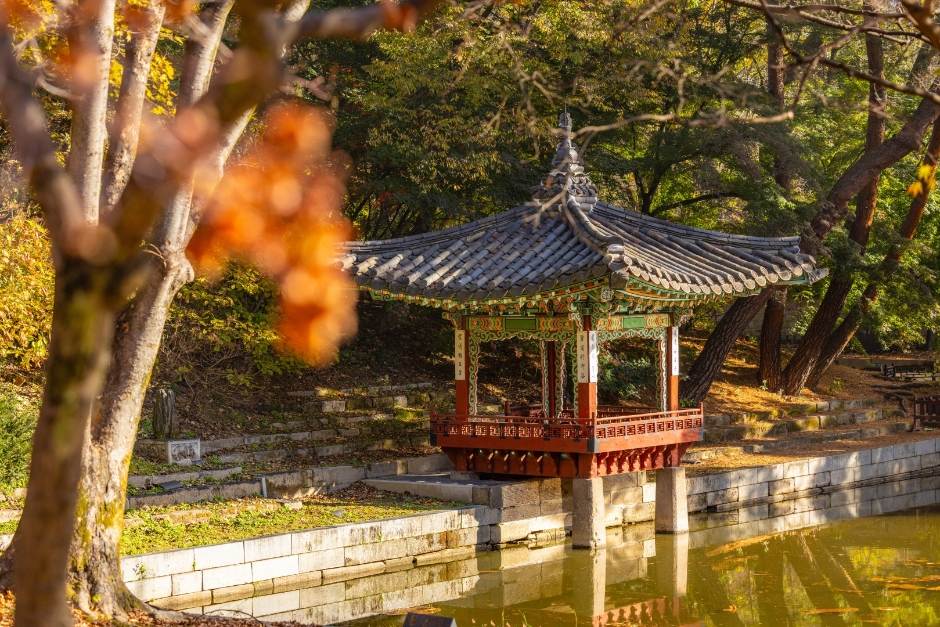
Changdeokgung
Changdeokgung Palace is the second UNESCO World Heritage Site in Seoul. It was selected as a representative palace for its notable beauty in the history of palace architecture in East Asia and for its excellent arrangement with the surrounding naturalenvironment. Changdeokgung Palace was built by King Taejong in 1405.
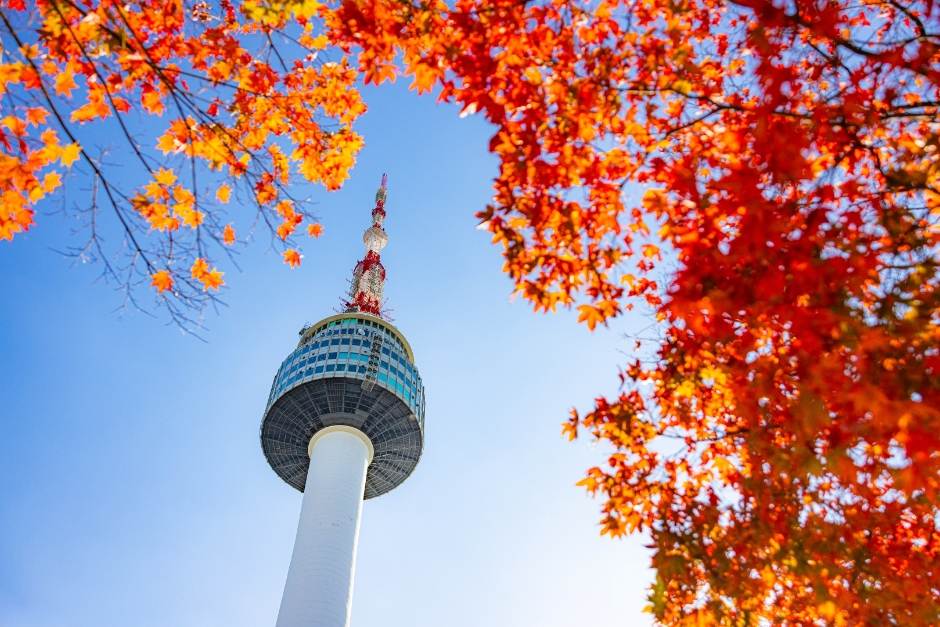
Namsan Seoul Tower
Namsan Seoul Tower, which has established itself as a romantic island in the heart of the city, is a 236.7-meter-tall tower located at the summit of Namsan Mountain (262m), a place long regarded as a site of good fortune for lifelong love. Offering a breathtaking 360-degree panoramic view of Seoul from an elevation of 480 meters above sea level, it boasts the best vantage point in the city.
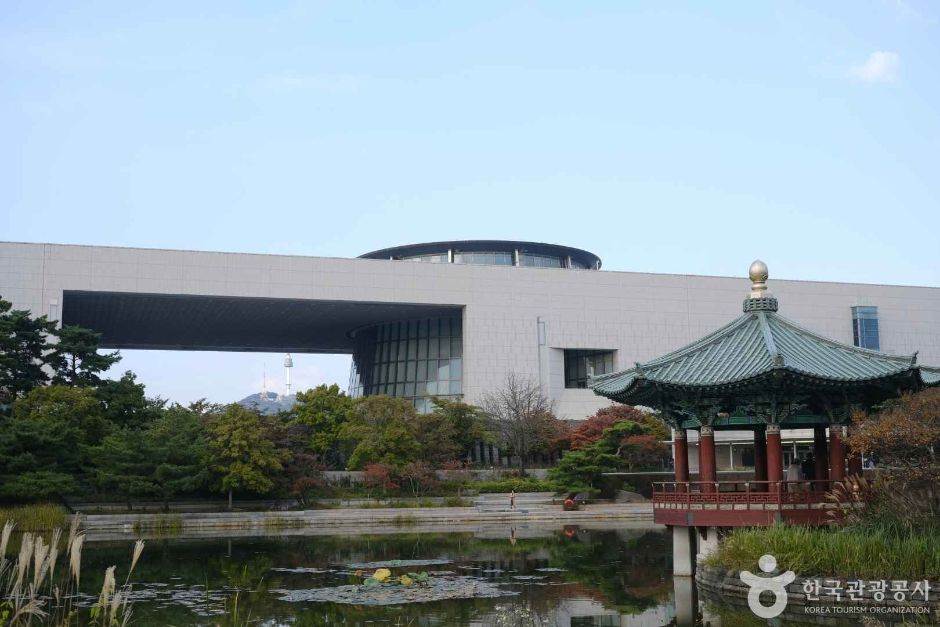
National Museum of Korea
As a living vestige of Korea's history and culture, the National Museum of Korea is home to today's best collection of history and culture deeply rooted within the Korean people. Regular exhibitions and education programming speak of the numerous anecdotes of the nearly 420,000 collected historical artifacts with thousands of years of history, while also offering realistic digital animations and VR technology to provide a more impactful experience.
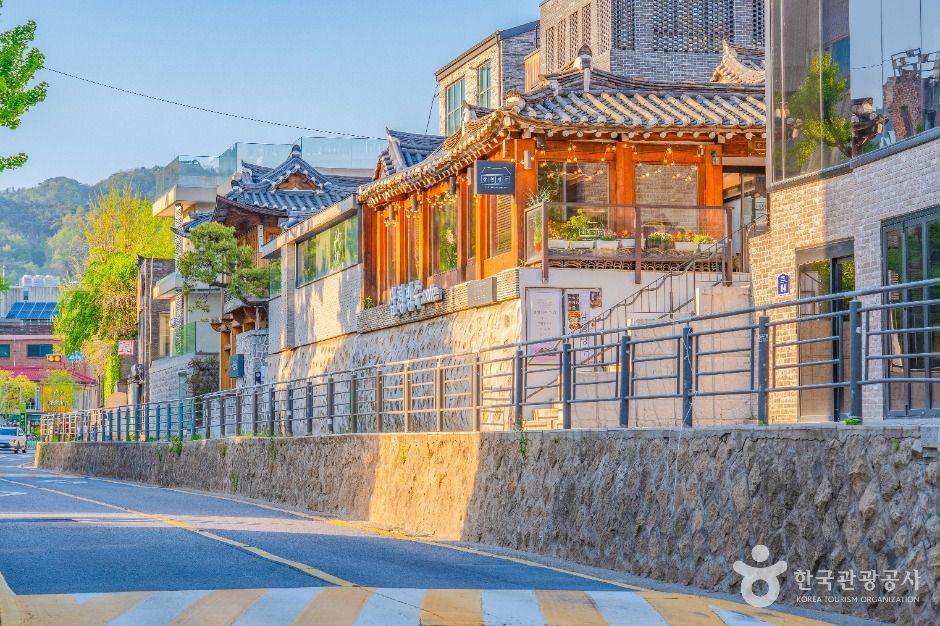
Samcheongdong
Samcheongdong is Seoul's most stylish neighborhood, located just past Gyeongbokgung Palace's stone wall lined street. The name "Samcheong" is derived from the words "sam" meaning “three", and "cheong" meaning "fresh" or "pure", because the mountain, water and the heart of the people in this area are all very fresh and pure. Then it's not wonder why many artists have sought out Samcheong-dong over the years.
- Please click here for more detailed and various information.